Optimal Timing for Roof Ventilation Installations
Proper timing for roof ventilation and vent installations is crucial to ensure optimal performance and longevity. The ideal period typically aligns with mild weather conditions, avoiding extreme cold or heat, which can complicate installation processes. Spring and fall are often regarded as the most suitable seasons due to moderate temperatures and lower humidity levels.
Installing roof ventilation during spring or fall minimizes weather-related disruptions and allows for better installation conditions.
Regions with extreme temperatures may require scheduling during milder months to prevent material issues and ensure safety.
Ensure roofing materials are installed and cured before vent installation to avoid damage and ensure proper integration.
Conduct roof inspections prior to installation to identify potential issues and prepare for effective vent placement.
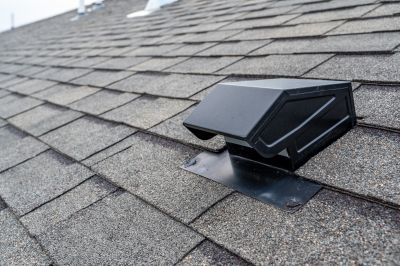
Spring offers optimal weather conditions for installing roof ventilation systems efficiently.
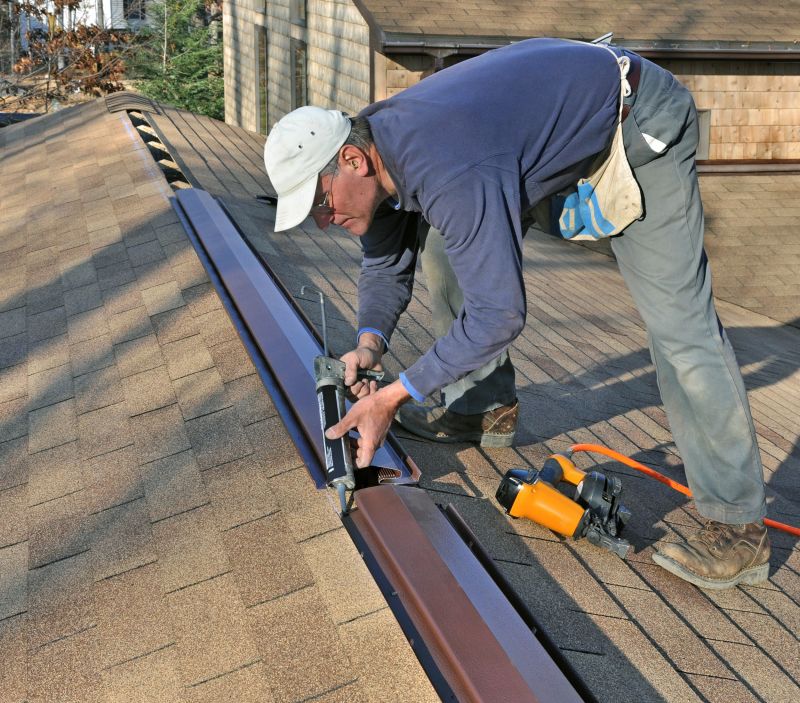
Fall provides cooler temperatures and less humidity, ideal for vent installation and roofing work.
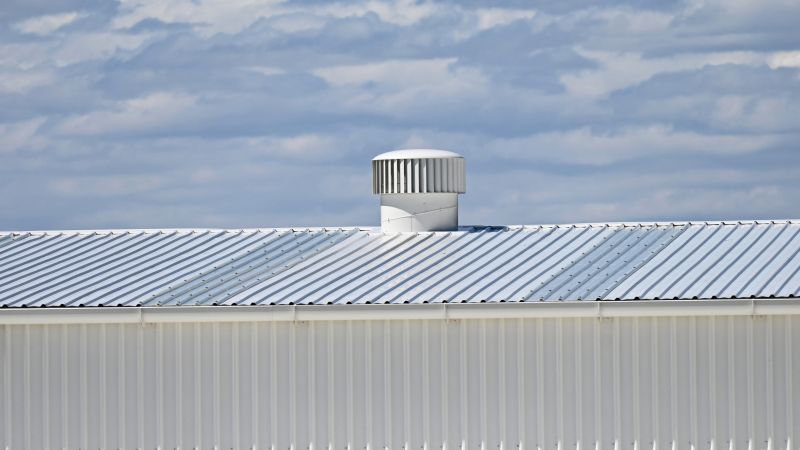
Regions with moderate climates facilitate installation without weather-related delays.

Ways to make Roof Ventilation And Vent Installations work in tight or awkward layouts.

Popular materials for Roof Ventilation And Vent Installations and why they hold up over time.

Simple add-ons that improve Roof Ventilation And Vent Installations without blowing the budget.

High-end options that actually feel worth it for Roof Ventilation And Vent Installations.
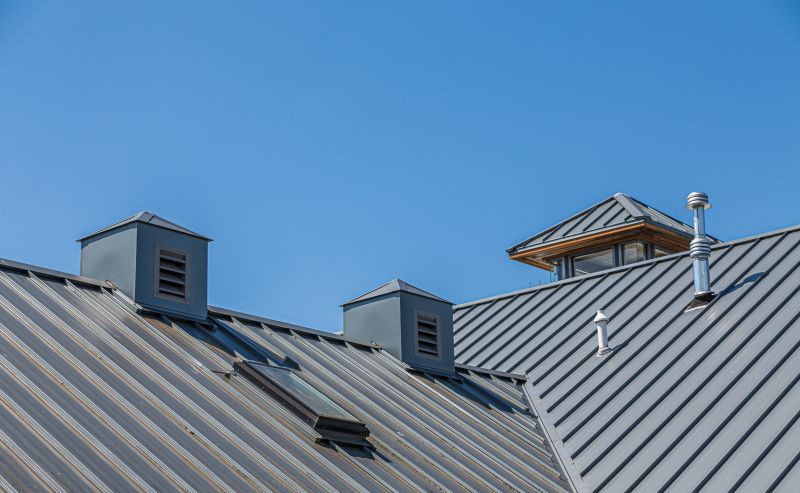
Finishes and colors that play nicely with Roof Ventilation And Vent Installations.
Roof ventilation and vent installations are essential components of maintaining a healthy and efficient roofing system. Proper ventilation helps regulate attic temperatures, reduces moisture buildup, and extends the lifespan of roofing materials. Statistics indicate that well-ventilated roofs can improve energy efficiency by reducing cooling costs and preventing heat buildup that can damage roofing components.
Optimal timing for installation depends on regional climate, current roof condition, and weather forecasts. Installing during favorable weather ensures materials are not compromised and safety standards are maintained. Additionally, scheduling during off-peak seasons can reduce costs and allow for more flexible project timelines.
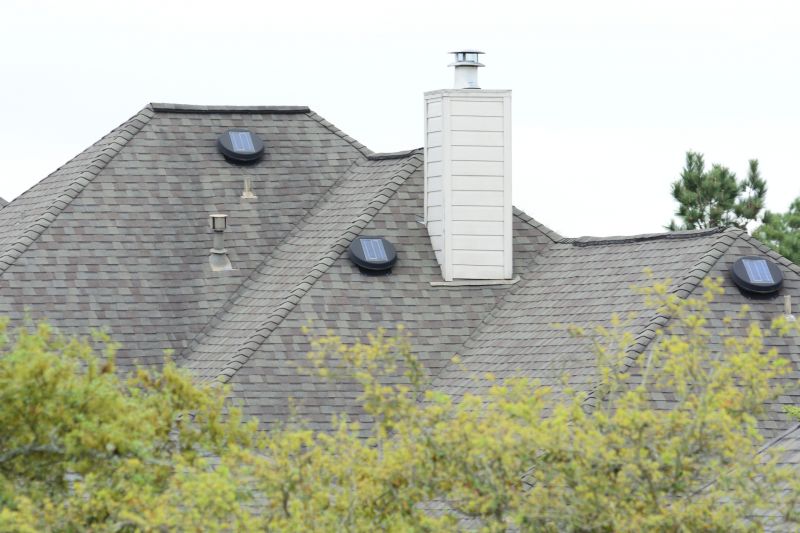
Properly installed vents improve airflow and attic temperature regulation.

Effective ventilation reduces moisture and prevents mold growth.

Timing and preparation are key to successful vent system installation.

Various vent types suit different roofing styles and climate requirements.
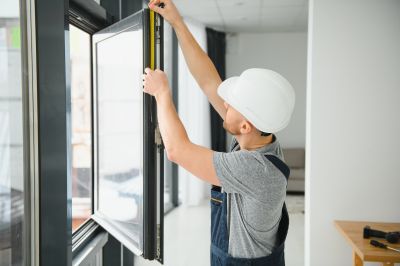
Little measurements that prevent headaches on Roof Ventilation And Vent Installations day.
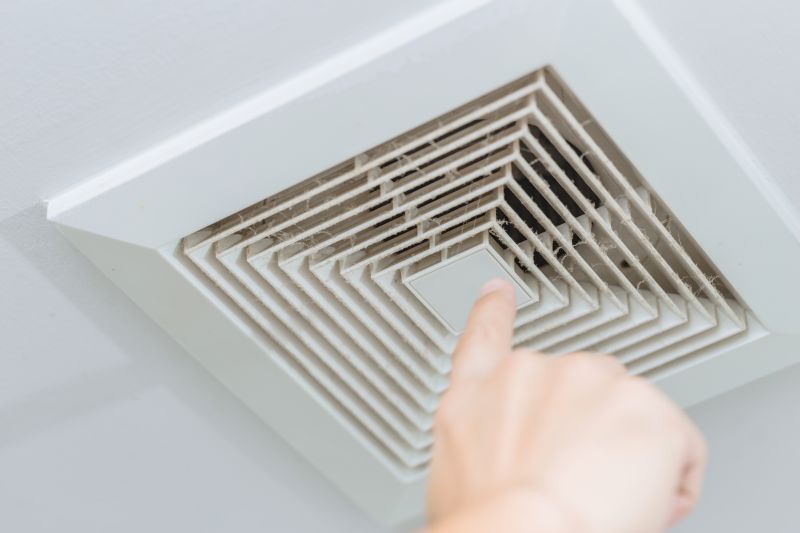
A 60-second routine that keeps Roof Ventilation And Vent Installations looking new.
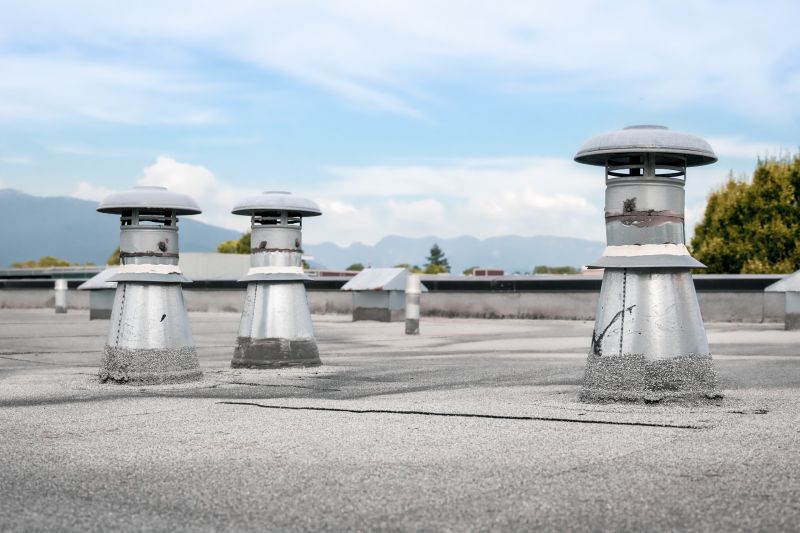
A frequent mistake in Roof Ventilation And Vent Installations and how to dodge it.
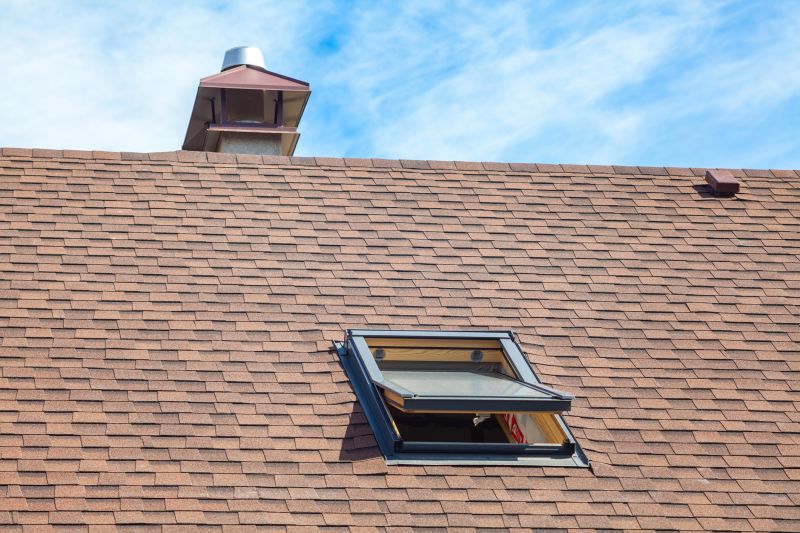
Small tweaks to make Roof Ventilation And Vent Installations safer and easier to use.
| Aspect | Details |
|---|---|
| Spring | Ideal for moderate temperatures and less rain, facilitating installation. |
| Fall | Provides cooler weather with minimal humidity, suitable for roofing work. |
| Summer | Possible but requires careful planning to avoid heat-related issues. |
| Winter | Generally not recommended due to cold temperatures and snow risks. |
| Regional Climate | Adjust timing based on local weather patterns for best results. |
Interested in scheduling roof ventilation and vent installations? Filling out the contact form can provide more information and help plan the optimal timing for specific needs.
